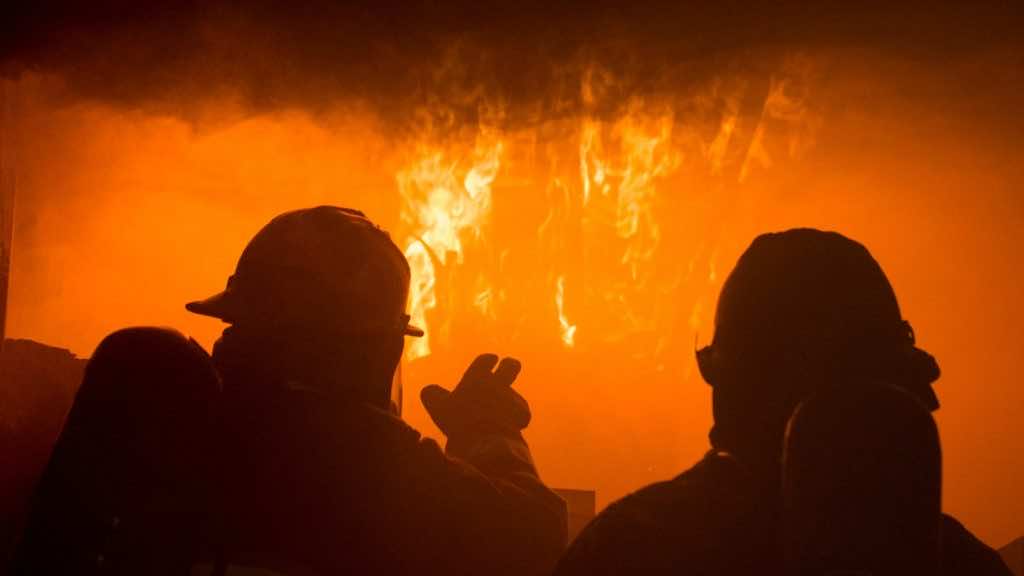Fire spreads at a speed that it gets out of control for the firefighters to take over a worsening situation. It is the game of nerves, time, and strategy that if delivered in the right manner allows saving from massive loss.
In most cases, it is hard to take control over the spreading fire, for that AI comes to play to raise the probability of saving the day as a new alert has been introduced called P-Flash that warns the firefighters of chances of a fiery blaze.
The new Prediction Model for Flashover has been developed at the National Institute of Standards and Technology that would cater for better calculating the dangers of a fire accident. The AI-based tool is designed for providing an early warning before the occurrence of a deadly phenomenon in burning buildings called Flashover.
The prediction system works on temperature data from a building’s heat detectors that track flammable material in a room burning altogether, and the most impressive part of the newfound tool is that it keeps on operating even after melting of the heat detectors, using the obtained data
The P-Flash’s ability to predict was tested extensively and was found effective in saving the situation, which it does by enhancing the firefighters’ abilities to hone their time managing tactics.
Flashovers are a risky business, and a sudden burst of fire could take a firefighter and the victims of the scene to their demise. Detecting the probability of a flashover isn’t an easy business either. All the smoke and inside temperatures, along with the breaking and melting objects combined make it hard to operate and calculate when in the scene.
This is exactly why the new system is developed, to assess the probability of a flashover and notifying a firefighter of it in a timely manner, in attempts so that firefighters could make the most of their service, saving as many lives as possible along with ensuring that they themselves are safe too.
“I don’t think the fire service has many tools technology-wise that predict flashover at the scene,” said NIST researcher Christopher Brown, who also serves as a volunteer firefighter. “Our biggest tool is just observation, and that can be very deceiving. Things look one way on the outside, and when you get inside, it could be quite different.”
The system is effective because it involves machine learning, once the heat detectors melt away, the new prediction system comes into play to predict if the flashover has taken place in a specified location of a fire scene or either it still is a risk in moving towards that direction.
“You lose the data, but you’ve got the trend up to where the heat detector fails, and you’ve got other detectors. With machine learning, you could use that data as a jumping-off point to extrapolate whether flashover is going to occur or already occurred,” said NIST chemical engineer Thomas Cleary, a co-author of the study.
The system comes increasing the effectiveness of the firefighters at large, allowing them to save more lives while also ensuring to keep away from the high-risk zones. The world is in need of more such solutions, and AI sure is helping humans with that at large. Let us see what spheres do the AI-based assistance and machine learning extend to in the future, up until now, magical algorithms have brought in greater convenience for humans.

